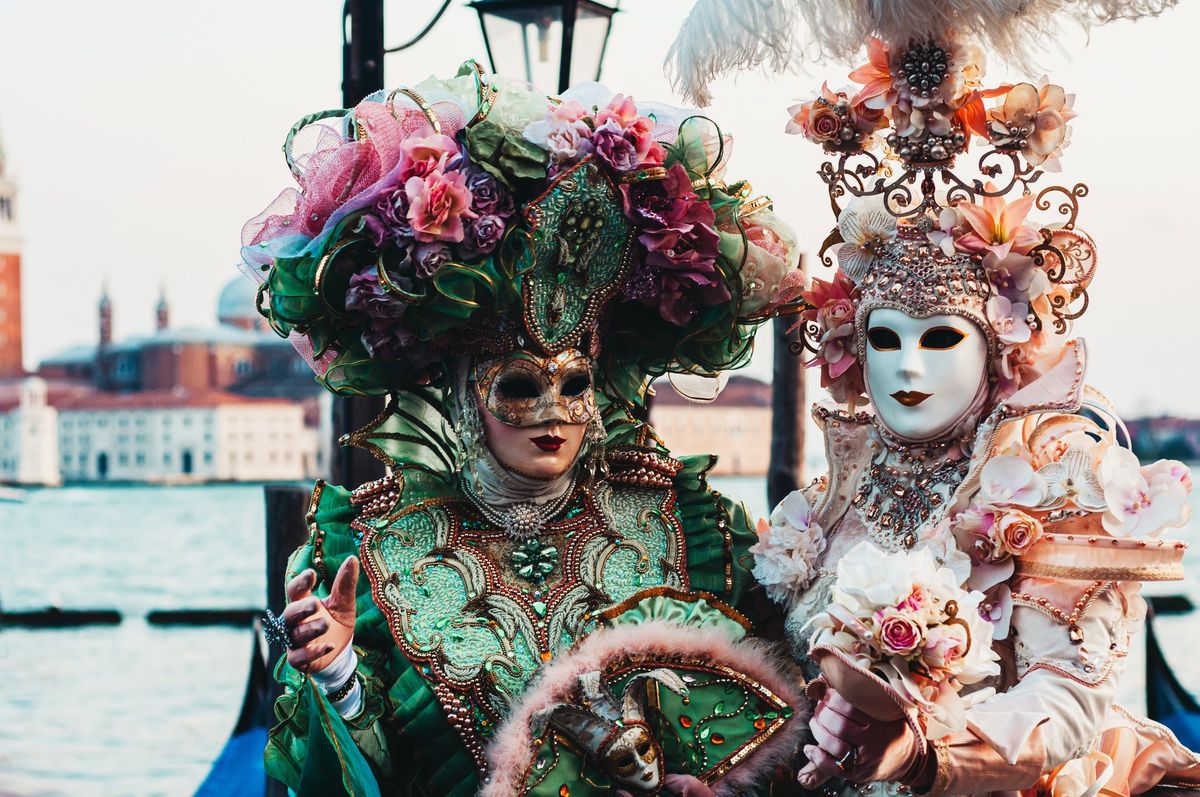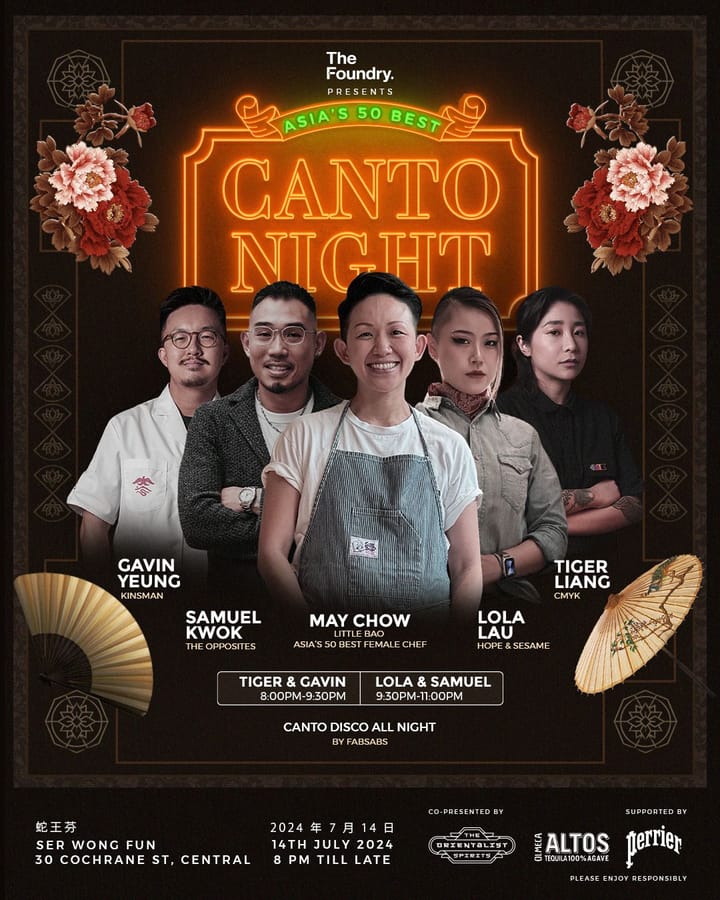Who started Mardi Gras in the US?

A few minutes every morning is all you need.
Stay up to date on the world's Headlines and Human Stories. It's fun, it's factual, it's fluff-free.
As Fat Tuesday approaches, you may be wondering – who started Mardi Gras in the US? Across the world many people are celebrating Valentine’s Day, the holiday of love and romance. But some of us in Brazil, Italy, Spain, Belgium and the United States are celebrating a different holiday this coming week (known in the United States as Mardi Gras and known as Carnaval/Carnival in other places).
“Mardi Gras” itself is a French word, and we can thank the French for introducing this term and bringing this originally European celebration to the US in the late 17th century. When people ask who started Mardi Gras in the US, the short answer is the French, but the long answer is an ongoing debate that comes down to two Southern US cities.
French Catholics held the tradition of Mardi Gras – French for “Fat Tuesday” – as a debaucherous week to celebrate in excess before the Catholic observance of Ash Wednesday and Lent (traditionally 40 days of fasting). Likely the tradition began even before Christianity was the predominant religion in Europe, with pagans of the 1st century B.C. celebrating prior to a period of fasting.
In the 1600s, France had a claim to the Louisiana Territory which was most of the modern Southeastern US. So, when two brothers appointed by King Louis XIV of France came over to defend France’s claim on the area in 1699, they brought their tradition with them, first marking an area in New Orleans during their expedition as “Mardi Gras Point.” Later, when other French settlers (including one of the brothers) founded Mobile, Alabama, the annual celebration of Mardi Gras began starting in 1703.
Mardi Gras in Mobile, Alabama
For this reason, Mobile, Alabama proudly considers itself the home of the first US Mardi Gras and the “birthplace of Mardi Gras.” For more than 300 years, the holiday has been observed in the city of Mobile. Nowadays, Mardi Gras is an official state holiday celebrated in Mobile and Baldwin counties, which are joined along Mobile Bay in southwest Alabama. The city was host to the first Mardi Gras parade in the US that was formally organized in 1830 and has played host to thousands more since then.
Mystic societies are organizations that put on Mardi Gras parades each year. The oldest mystic society that still parades in Mobile is the Order of Myths (OOM). This group was founded in 1867 and held its first Mardi Gras parade in 1868. These societies also take part in choosing a royal court each year and throwing individual balls during the Mardi Gras season. In 1871, a few years after the first parade, the Mobile Carnival Association was formed to coordinate the city’s Mardi Gras events. Over the next century, mystic societies were founded by different groups including African American, Jewish and gay and lesbian societies – many of which still parade to this day.
Mardi Gras is the most-attended annual event in Alabama, attracting as many as 1 million visitors per year in the past decade. Parades include lavish floats with themes and riders from societies tossing plastic beads, fake flowers, stuffed animals and edible treats like Moon Pies – a snack consisting of cookies and marshmallow filling – that visitors look forward to catching each year.
Mardi Gras in New Orleans, Louisiana
Though Mobile has the distinction of hosting the country’s first Mardi Gras, New Orleans, Louisiana is certainly the most famous home of the celebration in the US. Just a few hours west of Mobile, New Orleans’s celebrations are the most associated with Mardi Gras in the US.
The funny thing is – the first formal parade in the Crescent City was founded by businessmen who moved from Mobile to New Orleans in 1856 and formed the first New Orleans secret society, the Mistick Krewe of Comus. However, for about a century prior, Mardi Gras had been observed in the city, with masquerade balls held as early as 1743. In 1875 Mardi Gras became a Louisiana state holiday, and the city has been celebrating every year with only a few exceptions related to weather or wars.
Parades in New Orleans start anywhere from three to one and a half months before Mardi Gras day and are held by more than 75 different modern “krewes” (the New Orleans social clubs that throw modern parades). Many of the societies host accompanying balls for the society members, and they each have royal courts as well as participating in a royal court representing the whole city.
Mardi Gras and New Orleans have essentially become synonymous, and the event attracts millions of visitors to the city each year. Guests pack hotels and wander the streets of the French Quarter enjoying live music, exchanging beads, visiting the 50+ bars in the area and celebrating the season.
Mardi Gras 2021
Mardi Gras as a tourist attraction is typically a great boon for both cities. But in the time of the COVID-19 pandemic, the events which typically draw crowds to watch parades and wander down packed streets are a dangerous time for potential virus spread. Last year’s celebrations occurred just before the onset of the coronavirus in the US in 2020, and they are thought to have spawned up to 50,000 COVID-19 cases. Because of this, formal citywide parades and most celebrations have been canceled in 2021. It’s a disappointment to Mardi Gras lovers and residents, but the communities are still finding safe ways to celebrate.
When is Mardi Gras in the US? This year’s Fat Tuesday happens to fall on a Tuesday (February 16), but the celebration is on a different day each year. The actual date is connected to the Catholic liturgical calendar and the date of Easter, which changes in accordance with the spring equinox and the following full moon.
In both Mobile and New Orleans, residents have taken up the charge to keep the Mardi Gras spirit alive through “Yardi Gras.” To celebrate the season, locals have decorated their houses in the style of Mardi Gras floats. In New Orleans they established the Krewe of House Floats, and in Mobile, residents banded together to create the Mobile Porch Parade.
There are also plenty of opportunities to check out Mardi Gras-related art installations in New Orleans including JAMNOLA – a permanent pop up in the warehouse district featuring the art and music of New Orleans with special Mardi Gras themed exhibits for the season. The Krewe du Vieux has also created several satirical art installations throughout Mid-City New Orleans. And though it’s already sold out, some lucky residents and visitors will get to participate in “Floats in the Oaks,” a driving-tour of floats in CIty Park that runs through Mardi Gras day.
If you’re not in Mobile or New Orleans and want to celebrate the Mardi Gras season, you can still participate virtually for now. Several movies from the past few years feature Mardi Gras celebrations, including the eponymous “Mardi Gras” as well as “Girls Trip,” “The Princess and the Frog,” “The Big Easy” and the documentary “Order of Myths.” You could also look for a king cake at your local bakery – an essential Mardi Gras pastry.
For some virtual interaction, the Krewe of Bacchus in New Orleans has created a smartphone app for users to participate in a virtual parade and other festivities. Though it may look a bit different as the pandemic continues, the cities of Mobile and New Orleans will be sure to keep the Mardi Gras spirit alive as we await a return to more traditional celebrations in the future.
Have a tip or story? Get in touch with our reporters at tips@themilsource.com




Comments ()